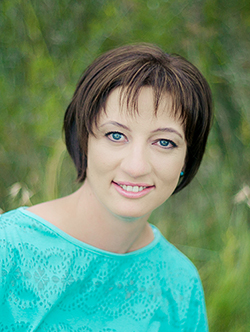
Anchen Froneman |
Anchen Froneman, PhD-student at the UFS Odeion School of Music (OSM), has been accepted into the Modular Certification Programme in Laban Movement Studies at the Laban/Bartenieff Institute of Movement Studies (LIMS), in New York (USA).
This programme is a postgraduate certificate that is considered the equivalent of a master’s degree programme. Successful completion earns the title of Certified Movement Analyst (CMA). Anchen’s attendance at the first module of the programme from 1 to 17 June 2015 has been made possible by a Postgraduate Scholarship granted by the Oppenheimer Memorial Trust.
Participation in the CMA Programme stems from her multidisciplinary doctoral research project as well as a personal interest in the ways that body movement contributes to a holistic musical performance. In her research project, she investigates the application of Laban Movement Studies to obtaining embodied, integrative piano performances. Laban Movement Studies is an approach whereby both the quantitative and qualitative aspects of body movement is analysed, codified, and developed, using specific considerations. This somatic approach uses a framework based on the personal uniqueness and complexity embedded in human movement, explaining and developing the organisation of the body, the position and relation of the body to itself, space, and other objects as well as the dynamic range of body movement.
CMAs contribute to various areas of human development, including leadership development, cross-cultural communications and management, interpersonal skills and conflict management, team development, self-awareness and performance improvement, performing arts as well as movement therapies.
Anchen uses the foundation of the Laban approach in her hypothesis that the development of both functional and expressive movement will enhance musical performance. She also centres this on the literature findings on body movement in the disciplines of music performance, neuroscience, psychology, and physiology. With this project, she aims to make a scholarly contribution towards raising awareness of the importance of integrating functional and expressive movements in performance.
Anchen completed her previous music qualifications at the OSM.